Home>diy>Building & Construction>What Kind Of Construction Method Was Used To Build The Parthenon
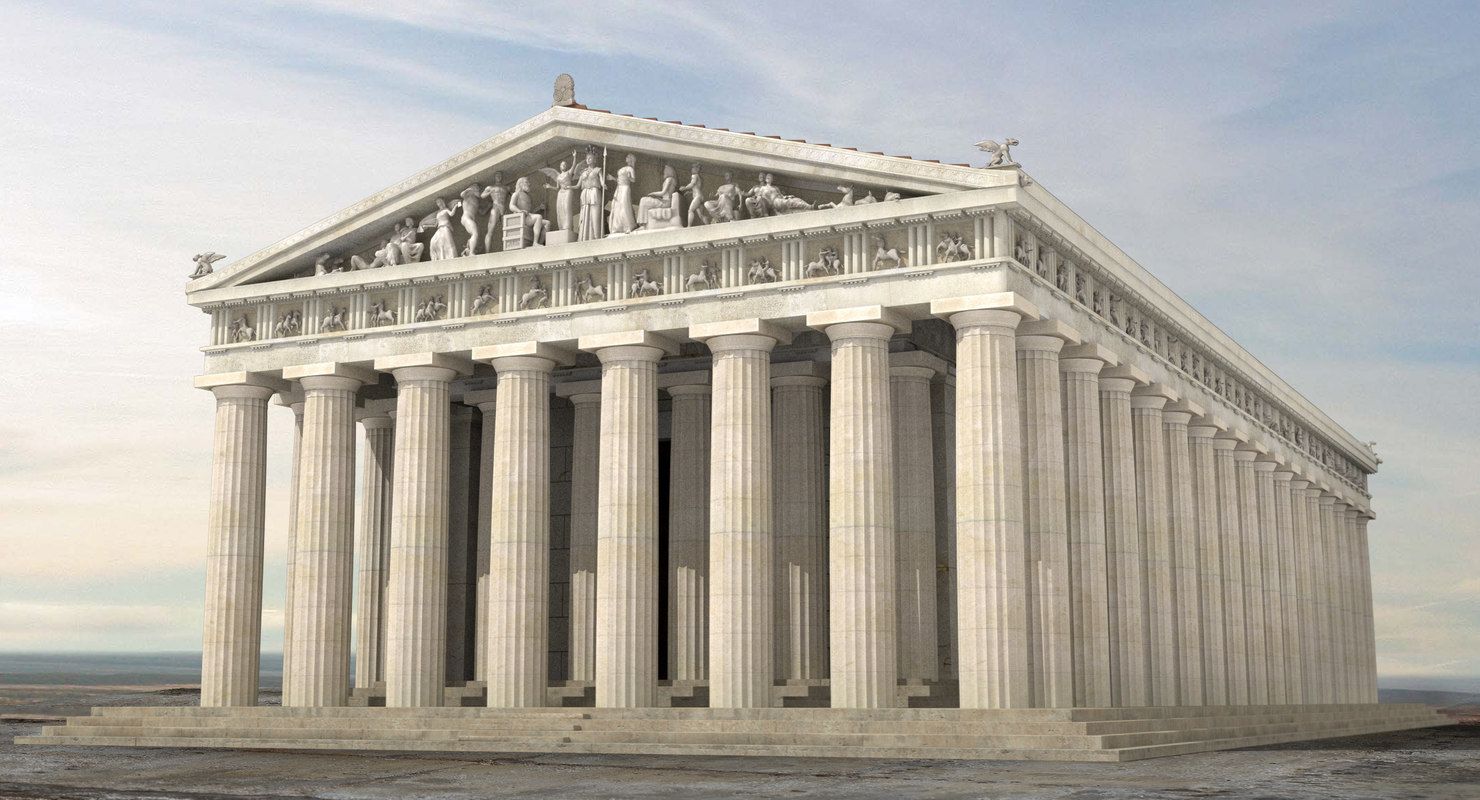

Building & Construction
What Kind Of Construction Method Was Used To Build The Parthenon
Modified: December 7, 2023
Discover the ancient construction secrets behind the majestic Parthenon. Learn about the building-construction method used to create this architectural masterpiece.
(Many of the links in this article redirect to a specific reviewed product. Your purchase of these products through affiliate links helps to generate commission for Storables.com, at no extra cost. Learn more)
Introduction
The Parthenon is widely regarded as one of the most iconic and renowned structures in the world. This magnificent temple, situated atop the Acropolis hill in Athens, Greece, is not only a testament to the architectural prowess of the ancient Greeks but also serves as a symbol of their cultural and artistic achievements.
Constructed in the 5th century BCE during the golden age of Athens, the Parthenon was dedicated to the goddess Athena, the patron deity of the city. The construction method used to build this monumental edifice was a remarkable feat of engineering and craftsmanship.
In this article, we will delve into the historical background of the Parthenon, explore the materials used in its construction, examine the architectural design, analyze the construction techniques employed, discuss the tools and equipment utilized, and highlight the challenges faced during its construction. We will also explore the symbolic meaning and importance of the Parthenon’s construction method, as well as its profound influence and legacy.
Get ready to embark on a journey through time as we unravel the mysteries behind the construction of the Parthenon and gain a deeper appreciation for the skills and innovation of the ancient Greeks.
Key Takeaways:
- The construction of the Parthenon employed innovative techniques such as dry construction and interlocking marble blocks, showcasing the ancient Greeks’ technical expertise and setting a new standard for architectural excellence.
- The Parthenon’s construction method, with its symbolic use of marble and emphasis on balance and harmony, continues to influence architectural styles, construction techniques, and the revival of classical forms, leaving an enduring legacy in the world of architecture.
Historical Background of the Parthenon
The Parthenon holds a significant place in Greek history and culture. It was built during the Classical period of ancient Greece, specifically between 447 and 438 BCE, under the supervision of the renowned architect, Phidias. The purpose of its construction was to honor the goddess Athena, the city’s namesake and protector.
Athens, known for its democratic government and intellectual pursuits, wanted to showcase its power, wealth, and devotion to the gods through the construction of a grand temple. The Parthenon was part of a larger building project on the Acropolis, which included several other temples dedicated to different deities.
The decision to build the Parthenon was also influenced by the Persian Wars, during which Athens emerged victorious over the Persian Empire. This victory instilled a sense of pride and confidence in the Athenians, and they saw the construction of the Parthenon as a way to celebrate their triumph and assert their cultural dominance.
The construction of the Parthenon was not only a political and cultural statement but also a demonstration of architectural brilliance. The design and execution of the temple were supervised by Phidias, who was not only an architect but also a renowned sculptor responsible for creating the colossal statue of Athena housed inside the Parthenon.
With its impressive dimensions and exquisite decorations, the Parthenon became a visible symbol of Athens’ power, intellect, and artistic advancements. It served as a focal point for religious rituals, housing precious artifacts, and offering a place for worshippers to pay their respects to Athena.
Over the centuries, the Parthenon has undergone several modifications and transformations due to various factors, including damage from wars, natural disasters, and even human intervention. Today, despite its incomplete state and weathered appearance, it continues to captivate visitors from around the world and stands as a testament to the ingenuity and legacy of the ancient Greeks.
Materials Used in the Construction
The construction of the Parthenon required a careful selection of materials to ensure durability, strength, and aesthetic appeal. The architects and builders opted for an assortment of natural resources, each with its unique properties and characteristics.
The primary material used in the construction of the Parthenon was Pentelic marble. This high-quality, white, crystalline marble was quarried from Mount Pentelicus, located northeast of Athens. The marble was renowned for its fine grain and ability to withstand weathering, making it an ideal choice for the exterior elements of the temple.
For the columns and other architectural details, the builders utilized a different type of marble known as Eleusinian marble. Quarried from Mount Hymettus, also near Athens, this marble had a slightly yellowish hue and a coarser texture compared to Pentelic marble. It was primarily used for the less prominent elements of the Parthenon.
In addition to marble, limestone was another key material used in the construction. The builders sourced limestone from quarries in the region of Attica. This durable and readily available stone was used for the foundation, inner walls, and other structural elements of the temple.
The builders also incorporated various metals into the construction of the Parthenon. Iron was used for clamps and dowels, providing structural reinforcement. Bronze, known for its strength and resistance to corrosion, was used for decorative elements, including statues, friezes, and other sculptural details.
Wood, although not as prominent as marble, played a crucial role in the construction process. It was used for scaffolding, temporary supports, and centering during the placement of the marble blocks. The wood was obtained from various types of trees, such as pine and fir, which were abundant in the surrounding areas.
Overall, the selection of these materials was not only based on their physical properties but also on their symbolism and significance in Greek culture. The use of marble, in particular, was a testament to the wealth and artistic refinement of Athens, while incorporating metals and wood added a touch of craftsmanship and grandeur to the Parthenon.
By utilizing these carefully chosen materials, the builders were able to create a structure that stood the test of time, representing the enduring legacy of the ancient Greek civilization.
Architectural Design of the Parthenon
The architectural design of the Parthenon is a testament to the ingenuity and aesthetic sensibilities of the ancient Greek architects. Its harmonious proportions, intricate details, and refined symmetry make it a masterpiece of Classical Greek architecture.
The Parthenon follows the Doric order, one of the three main architectural orders used in ancient Greece. It is a peripteral temple, meaning it is surrounded by a single row of columns on all sides. The temple measures approximately 69.5 meters long, 30.9 meters wide, and 13.72 meters tall.
The front and back of the Parthenon have eight columns, while the sides have seventeen, creating a total of forty-six columns. The columns are constructed in a slight curvature, known as entasis, which gives an illusion of straightness to the human eye.
The entablature, consisting of the architrave, frieze, and pediment, is another distinctive feature of the Parthenon’s design. The architrave spans the top of the columns, supporting the frieze, which is a continuous band of relief sculptures. The pediment, located at the triangular gable ends of the temple, showcases sculptural groups depicting mythical scenes.
The Parthenon’s exterior is adorned with elaborate sculptures and decorative elements. The metopes, located above the architrave, display scenes from Greek mythology and historical events. The frieze, running around the exterior of the cella, depicts the Panathenaic procession, a major annual festival in Athens.
Inside the temple, the cella housed the colossal statue of Athena Parthenos, created by the renowned sculptor Phidias. The statue, made of gold and ivory, stood approximately 12 meters tall and was the centerpiece of the Parthenon’s interior.
One of the notable features of the Parthenon’s design is its optical refinements. The architects employed various techniques to counteract the effects of optical illusions and create a sense of visual harmony. For instance, the columns are slightly thicker in the middle and taper towards the top, creating an impression of straight lines when viewed from a distance.
The symmetrical design of the Parthenon reflects the Greek belief in the importance of balance and proportion. The careful arrangement of architectural elements, the use of mathematical principles, and the attention to detail showcase the architects’ dedication to achieving idealized beauty.
The architectural design of the Parthenon continues to inspire and influence architects and designers to this day. Its timeless elegance and perfect proportions have made it a lasting symbol of classical beauty and architectural excellence.
Construction Techniques Employed
The construction of the Parthenon employed advanced techniques and methods that enabled the builders to create a structure of unparalleled beauty and durability. These techniques, developed by ancient Greek architects and craftsmen, showcase their expertise in engineering and construction.
One of the most notable construction techniques used was the use of interlocking marble blocks. The builders carefully carved each block with precision, fitting them together tightly without the use of mortar. This technique, known as “dry construction,” allowed for flexibility and stability while minimizing the risk of damage caused by seismic activity or shifting foundations.
To hoist and position the massive marble blocks, the builders utilized a sophisticated lifting system known as the Polyspaston crane. This advanced device consisted of multiple pulleys and ropes that provided mechanical advantage, making it easier to move heavy loads. The Polyspaston crane was operated by a team of skilled workers, allowing them to lift and maneuver the massive stones into place.
Additionally, the builders employed a technique known as “post-and-lintel” construction. This involved placing vertical columns (posts) and horizontal beams (lintels) to create the structural framework of the Parthenon. The columns were carefully aligned and spaced to support the weight of the entablature and distribute it evenly.
Another important technique utilized during construction was the use of scaffolding and centering. Wooden scaffolding provided a stable platform for workers to access higher areas of the temple and to install decorative elements. Centering, on the other hand, involved temporary wooden supports that were used to hold up the lintels and architrave until the mortarless marble blocks were securely in place.
Throughout the construction process, the architects and builders employed meticulous planning and precise measurements. They used a unit of measurement known as the “Doric foot,” which was based on the average size of a man’s foot. This standardized system ensured consistency and uniformity in the dimensions and proportions of the Parthenon.
Furthermore, the construction team incorporated water management techniques to protect the temple from rainwater and runoff. They installed drainage channels and gutters to redirect water away from the building, preventing erosion and damage to the marble surfaces.
The construction techniques employed in building the Parthenon not only demonstrated the technical skill of the ancient Greek craftsmen but also highlighted their advanced understanding of architectural principles and structural engineering. The willingness to innovate and strive for perfection resulted in the creation of a masterpiece that continues to inspire awe and admiration to this day.
The Parthenon was built using the Doric order of architecture, which is characterized by its simple and sturdy design, with fluted columns and a frieze of triglyphs and metopes.
Read more: What Kind Of Mortar Is Used In A Fireplace?
Tools and Equipment Used during Construction
The construction of the Parthenon required the use of various tools and equipment to shape and manipulate the materials. The ancient Greek builders relied on a combination of traditional hand tools and innovative devices to carry out the intricate work involved in constructing this magnificent temple.
One of the most commonly used tools was the chisel. Made of iron or bronze, this indispensable tool allowed craftsmen to chip away at the marble blocks, shaping them into precise forms. Different sizes and shapes of chisels were used depending on the specific task at hand.
Another vital tool was the mallet, which was used in conjunction with the chisel to exert force and carefully strike the rock surface. The mallet was typically made of wood, with a weighted head to provide the necessary impact without damaging the delicate marble.
To ensure accuracy in measuring and leveling, the builders employed tools such as plumb bobs and spirit levels. The plumb bob, a weighted object attached to a string, allowed workers to determine vertical alignment and ensure that the columns were straight. The spirit level helped them maintain horizontal alignment during the construction process.
In order to carve intricate details and sculptural elements, the craftsmen used specialized tools such as rasps, files, and drills. Rasps were used to shape the rough surfaces of the stone, while files allowed for finer smoothing and refinement. Drills, operated by hand or mechanical means, were used to create holes for dowels and other fastening mechanisms.
Woodworking tools were also employed during the construction of the Parthenon. Saws and axes were used to cut and shape wooden scaffolding, centering, and other temporary structures. Adzes, a type of axe with a curved blade, were used to smooth wooden surfaces and remove excess material.
To lift and move heavy loads, the builders utilized a combination of hand power and mechanical devices. Ropes and pulleys were used to hoist the large marble blocks, as well as to maneuver scaffolding and other equipment. The Polyspaston crane, a complex system of pulleys and ropes, provided the necessary mechanical advantage for lifting and positioning the massive stones.
Protective equipment, although primitive by today’s standards, was also utilized on the construction site. Leather gloves and aprons offered some protection against sharp tools and abrasive surfaces. Eye protection was provided by simple goggles made from transparent materials, enabling workers to avoid injury while working with stone and wooden materials.
The tools and equipment used during the construction of the Parthenon represent the technological achievements of the ancient Greeks. Their innovativeness and resourcefulness allowed them to achieve remarkable precision and excellence in their craftsmanship, resulting in the creation of one of the world’s most magnificent architectural wonders.
Challenges Faced during Construction
The construction of the Parthenon presented various challenges that the builders had to overcome to bring their vision to life. From logistical hurdles to technical difficulties, the construction process was not without its obstacles.
One of the major challenges was sourcing and transporting the massive quantities of materials required for the construction. The builders had to quarry large quantities of marble from Mount Pentelicus and other nearby locations. Transporting these heavy marble blocks over long distances was a labor-intensive process, requiring the use of sledges and ox-drawn carts.
The intricate, detailed design of the Parthenon also presented challenges during construction. The precise carving of decorative elements and sculptural features required a high level of craftsmanship and attention to detail. Any miscalculations or mistakes could potentially disrupt the structural integrity or compromise the aesthetic beauty of the temple.
Another challenge was the construction of the temple’s roof, which consisted of large marble slabs known as “loose tiles.” These tiles were individually cut and carefully placed, allowing for thermal expansion and contraction. The builders had to ensure that each tile fit perfectly and interlocked securely to maintain the structural stability of the roof.
Weather conditions also posed challenges during construction. The intense heat and strong winds prevalent in the region of Athens could be detrimental to the intricately carved marble surfaces. The builders had to carefully manage the timing of carving and installation to minimize the impact of these weather conditions on the quality of the work.
Acquiring and retaining skilled labor was another challenge faced during construction. Skilled craftsmen and laborers were in high demand, not only for the Parthenon but also for other building projects in Athens. The builders had to ensure a steady supply of workers who possessed the necessary expertise in stone carving, carpentry, and other specialized skills.
The political climate of Athens also presented challenges. The construction of the Parthenon coincided with periods of political turmoil and shifting alliances. The changing priorities and resources allotted to different projects could have hindered the progress and continuity of the construction.
Despite these challenges, the builders of the Parthenon overcame obstacles with ingenuity and determination. Their dedication to perfection and their ability to adapt to various circumstances allowed them to complete this architectural marvel, leaving a lasting legacy for future generations to admire and appreciate.
Symbolic Meaning and Importance of the Parthenon’s Construction Method
The construction method employed in building the Parthenon holds significant symbolic meaning and showcases the cultural and artistic importance of the ancient Greeks.
One of the key symbolism lies in the use of marble and the construction technique itself. Marble, with its timeless beauty and durability, symbolized the eternal and divine nature of the gods. By using marble in the construction of the Parthenon, the ancient Greeks sought to elevate the temple and emphasize its sacred purpose.
The technique of dry construction, without the use of mortar or cement, also held symbolic importance. It symbolized the notion of balance, harmony, and unity – values highly prized in Greek culture. The seamless integration of perfectly carved marble blocks represented the unity between the human and the divine, as well as the harmony between different elements of society.
The precise proportions and meticulous arrangement of architectural elements in the Parthenon’s design also conveyed a sense of order and perfection. The mathematical precision and symmetry reflected the Greeks’ belief in the idealized form and the pursuit of aesthetic harmony. The construction method used was a tangible representation of the Greeks’ reverence for beauty and their commitment to achieving excellence in art and architecture.
The construction method of the Parthenon also served to emphasize the power and cultural achievements of Athens. As the political and cultural center of ancient Greece, Athens sought to establish itself as a dominant force during the construction period. The grandeur and sophistication of the Parthenon’s construction method were a testament to the city’s wealth, intelligence, and artistic refinement.
Furthermore, the construction method used in the Parthenon showcased the innovation and technical expertise of the ancient Greeks. The meticulous planning, precise measurements, and advanced building techniques demonstrated their engineering prowess and their ability to overcome challenges. This not only elevated the construction of the Parthenon to new heights but also established the Greeks as leaders in architectural design and construction practices.
The importance of the Parthenon’s construction method extends beyond its historical and cultural significance. It served as a model for future generations of architects and builders, shaping the development of classical architecture and influencing the design of structures throughout the centuries.
Overall, the construction method of the Parthenon was intricately woven with symbolism, representing the spiritual, cultural, and artistic values of the ancient Greeks. Its enduring legacy continues to inspire and captivate individuals from all walks of life, serving as a poignant reminder of the extraordinary achievements of humanity in the realm of architecture and construction.
Influence and Legacy of the Parthenon’s Construction Method
The construction method of the Parthenon has left an indelible influence on the world of architecture and construction, shaping the development of architectural styles and techniques throughout history.
First and foremost, the Parthenon’s construction method set a new standard for architectural excellence. Its precise proportions, meticulous planning, and attention to detail established a benchmark of perfection that has inspired countless architects and builders over the centuries. The principles and techniques employed in its construction became a blueprint for architectural design, particularly in the realm of classical architecture.
The Parthenon’s construction method also influenced the development and spread of the Doric architectural order. The Doric order, exemplified by the Parthenon’s design, became widely adopted in ancient Greek and Roman architecture. Its simplicity, strength, and harmonious proportions made it a go-to choice for temples, civic buildings, and monuments, leaving a lasting architectural legacy that can be seen in structures around the world.
Furthermore, the concept of “dry construction” used in the Parthenon’s construction method has proven to be remarkably durable and sustainable. The absence of mortar or cement allows for flexibility and aids in the structural stability of the building. This approach has been adopted and adapted by architects in different eras, resulting in modern construction techniques that prioritize flexibility, resilience, and the reduction of environmental impact.
The aesthetic principles of the Parthenon’s construction method also influenced the Renaissance period and the subsequent Neo-Classical movements. During these periods, architects drew inspiration from the grace and balance found in ancient Greek architecture, including the construction techniques used in the Parthenon. This revival of classical forms and techniques played a significant role in shaping the architecture of Europe and beyond.
Furthermore, the Parthenon’s construction method continues to be an object of study and admiration for scholars, historians, and architects. The precision and innovation displayed in the construction process have sparked ongoing research and debates, contributing to our understanding of ancient building techniques and their application in today’s architecture.
Moreover, the Parthenon’s construction method has become a symbol of cultural heritage, representing the achievements and legacy of the ancient Greeks. The meticulous craftsmanship and engineering prowess displayed in its construction have come to epitomize the essence of Greek art and culture.
Ultimately, the Parthenon’s construction method stands as a testament to human ingenuity, technical mastery, and the pursuit of perfection. Its influence and legacy extend far beyond its time, leaving an enduring impact on the world of architecture, engineering, and cultural heritage.
Read more: What Kind Of Drywall To Use In A Basement
Conclusion
The construction of the Parthenon stands as a testament to the extraordinary achievements of the ancient Greeks in the fields of architecture, engineering, and artistic expression. The combination of innovative construction techniques, careful selection of materials, and meticulous attention to detail resulted in the creation of a structure that continues to captivate and inspire people from around the world.
From its historical background rooted in the golden age of Athens to its symbolic meaning and importance, the Parthenon embodies the cultural and artistic prowess of the ancient Greeks. The architectural design, with its harmonious proportions and intricate details, showcases the Greeks’ commitment to beauty, balance, and the pursuit of perfection.
The construction methods employed, such as dry construction and the use of interlocking marble blocks, demonstrate the Greeks’ ingenuity and technical expertise. These techniques not only ensured the structural integrity and longevity of the Parthenon but also set a new standard of excellence in architectural design.
The influence and legacy of the Parthenon’s construction method are seen in the widespread adoption of the Doric architectural order, the advancements in construction techniques, and the revival of classical forms in subsequent architectural movements. The Parthenon continues to be a source of inspiration, sparking ongoing research and admiration for its ingenious construction methods.
Moreover, the Parthenon represents more than just an architectural marvel. It is a symbol of cultural heritage and a testament to the immense cultural and artistic contributions of ancient Greece. Its construction method serves as a timeless reminder of human creativity, perseverance, and the pursuit of excellence.
As we continue to marvel at the grandeur and beauty of the Parthenon, let it serve as a reminder that the legacy of ancient Greek architecture and construction methods continues to shape and inspire the world of architecture today. The Parthenon stands as an enduring symbol of human achievement, a testament to the extraordinary capabilities of human ingenuity and the timeless pursuit of architectural perfection.
Frequently Asked Questions about What Kind Of Construction Method Was Used To Build The Parthenon
Was this page helpful?
At Storables.com, we guarantee accurate and reliable information. Our content, validated by Expert Board Contributors, is crafted following stringent Editorial Policies. We're committed to providing you with well-researched, expert-backed insights for all your informational needs.
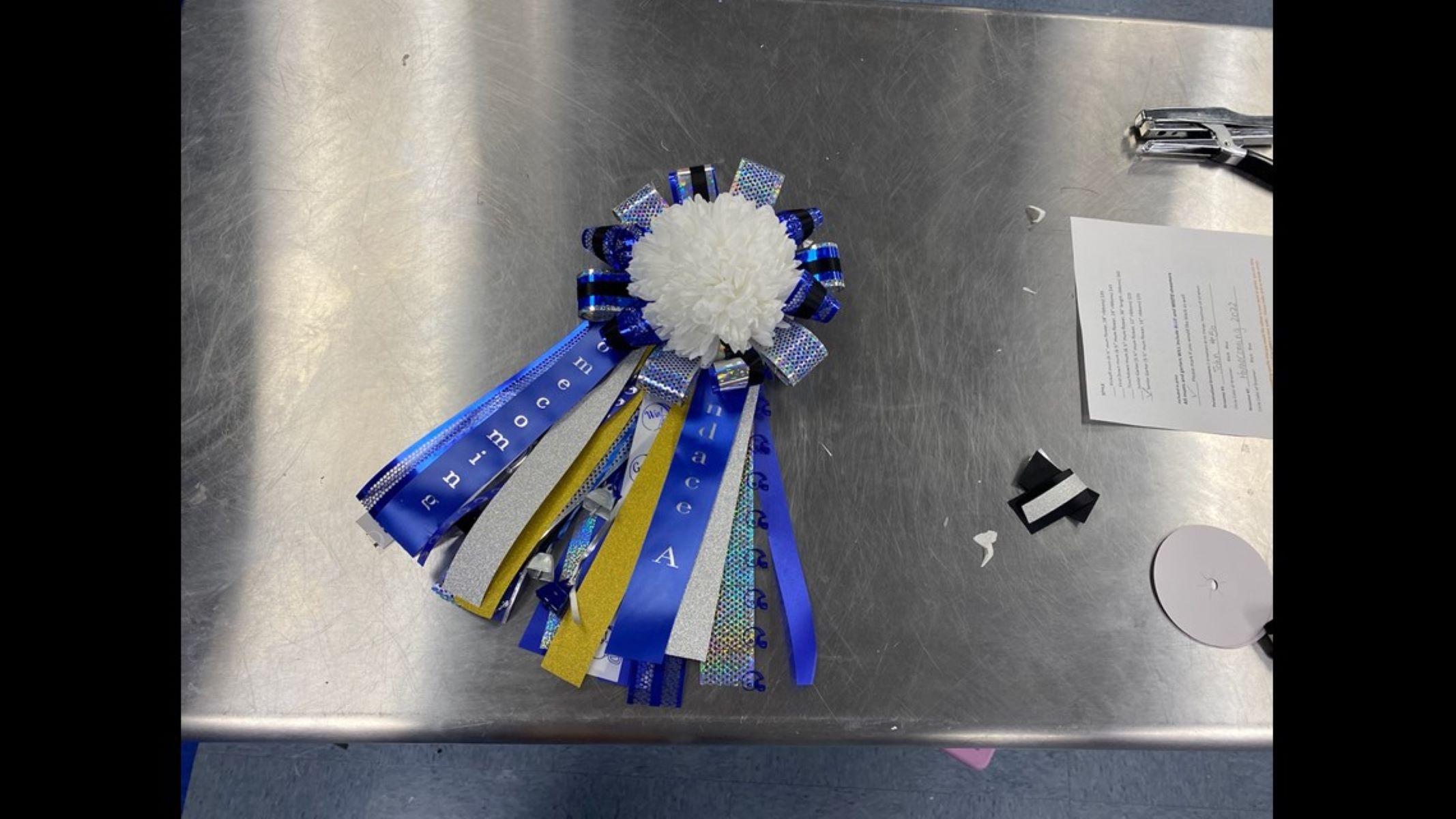


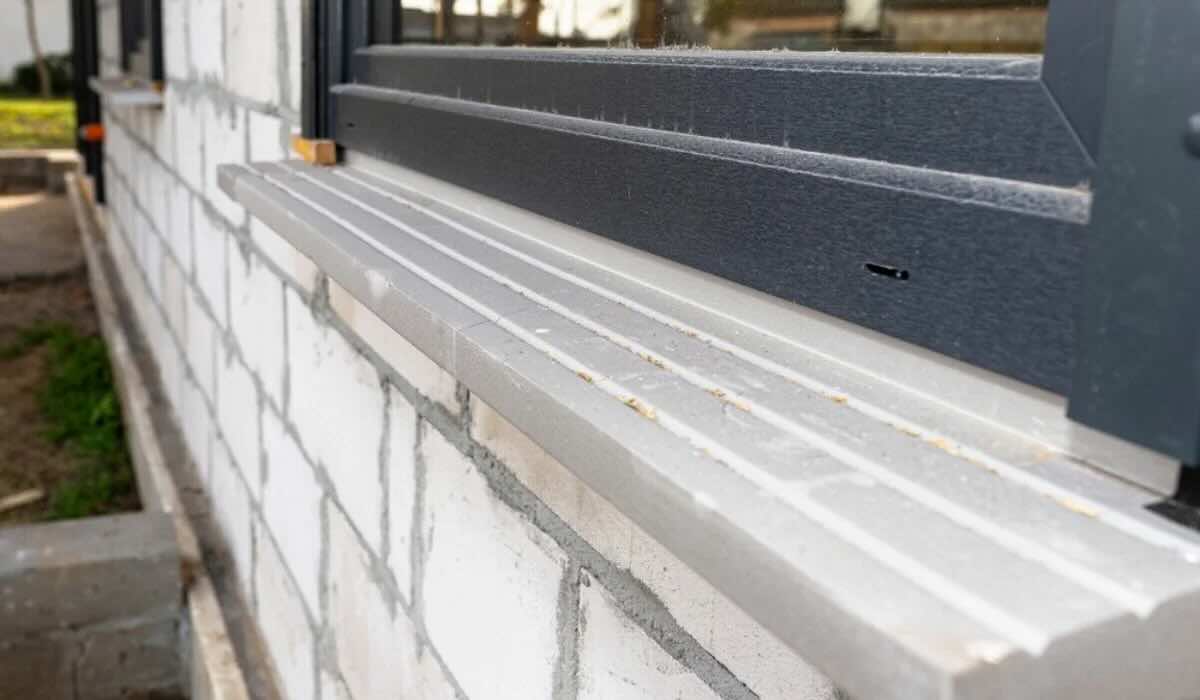
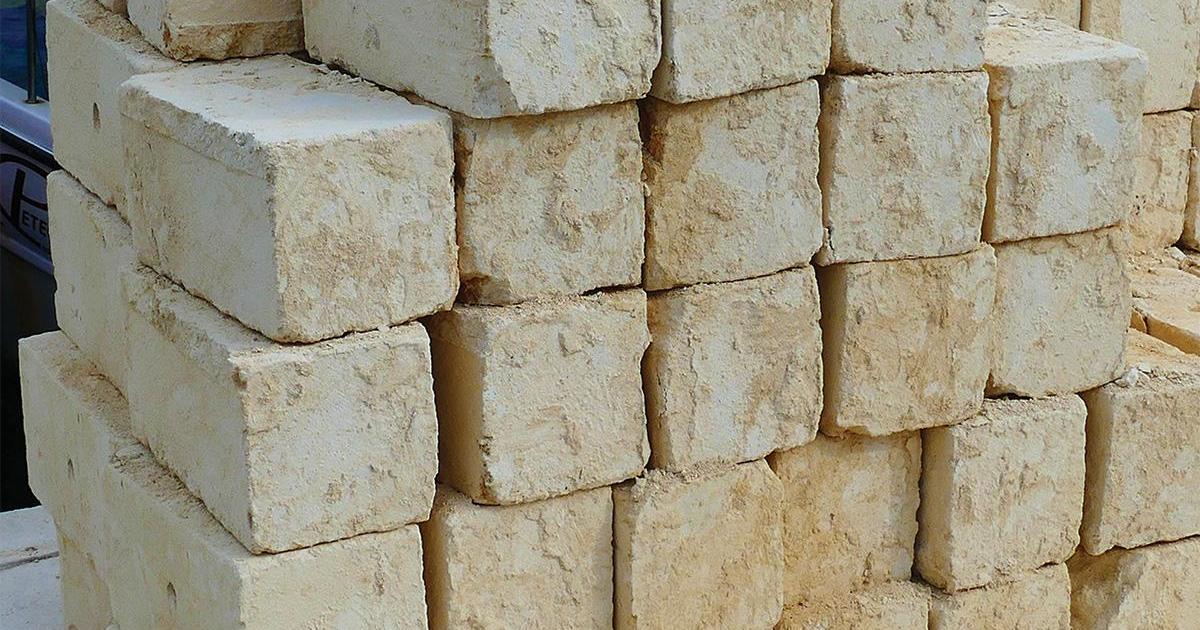
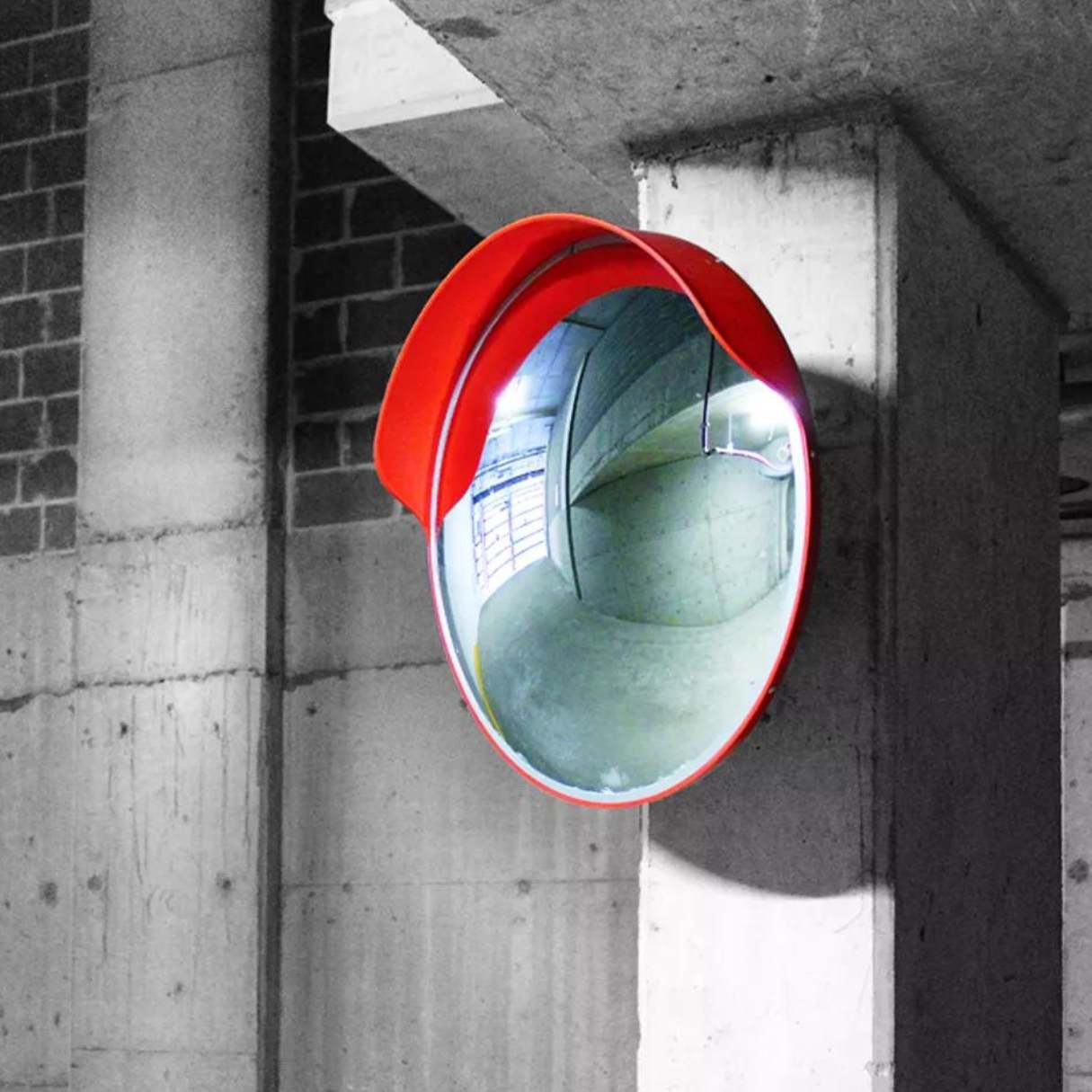


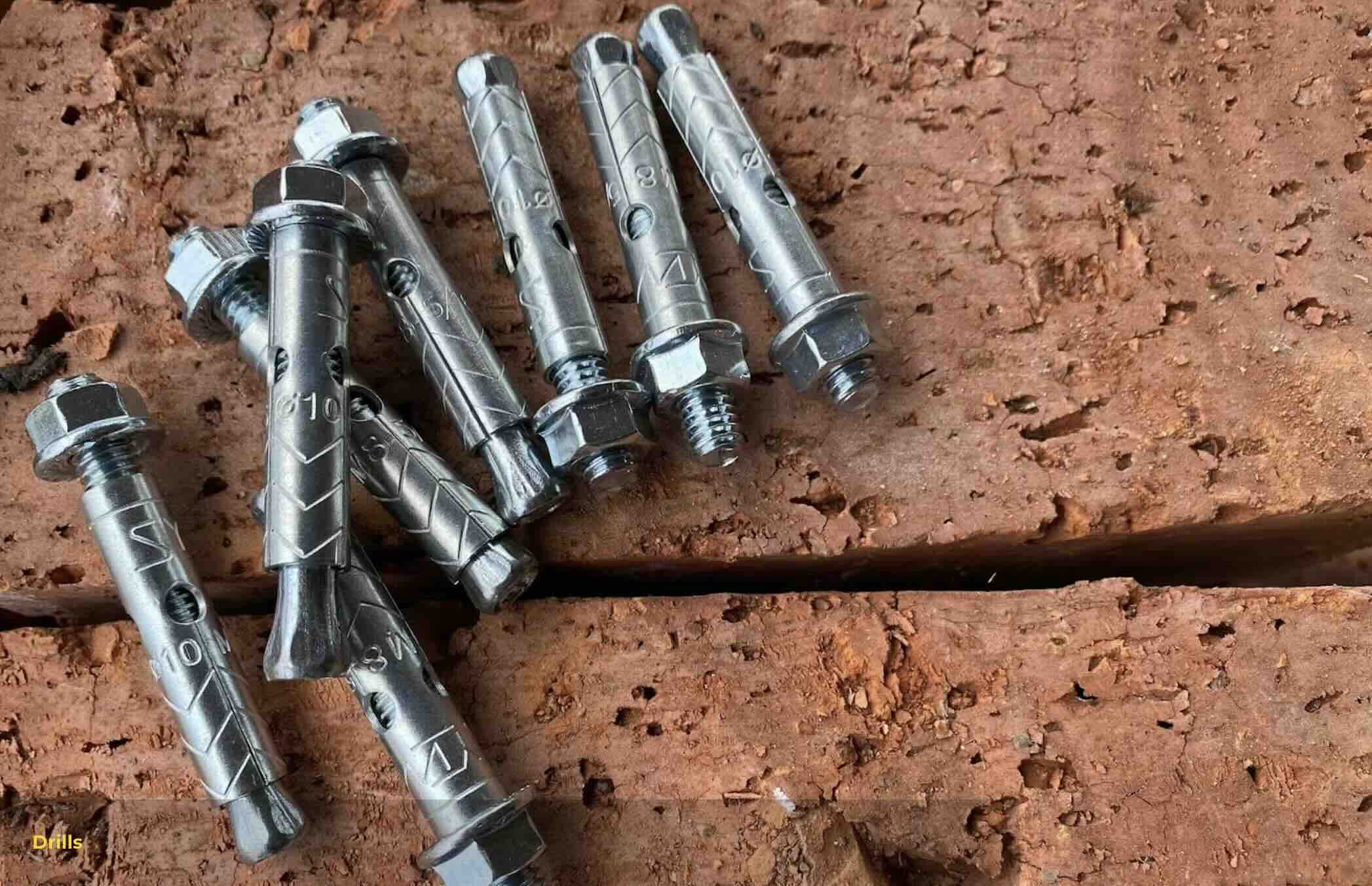


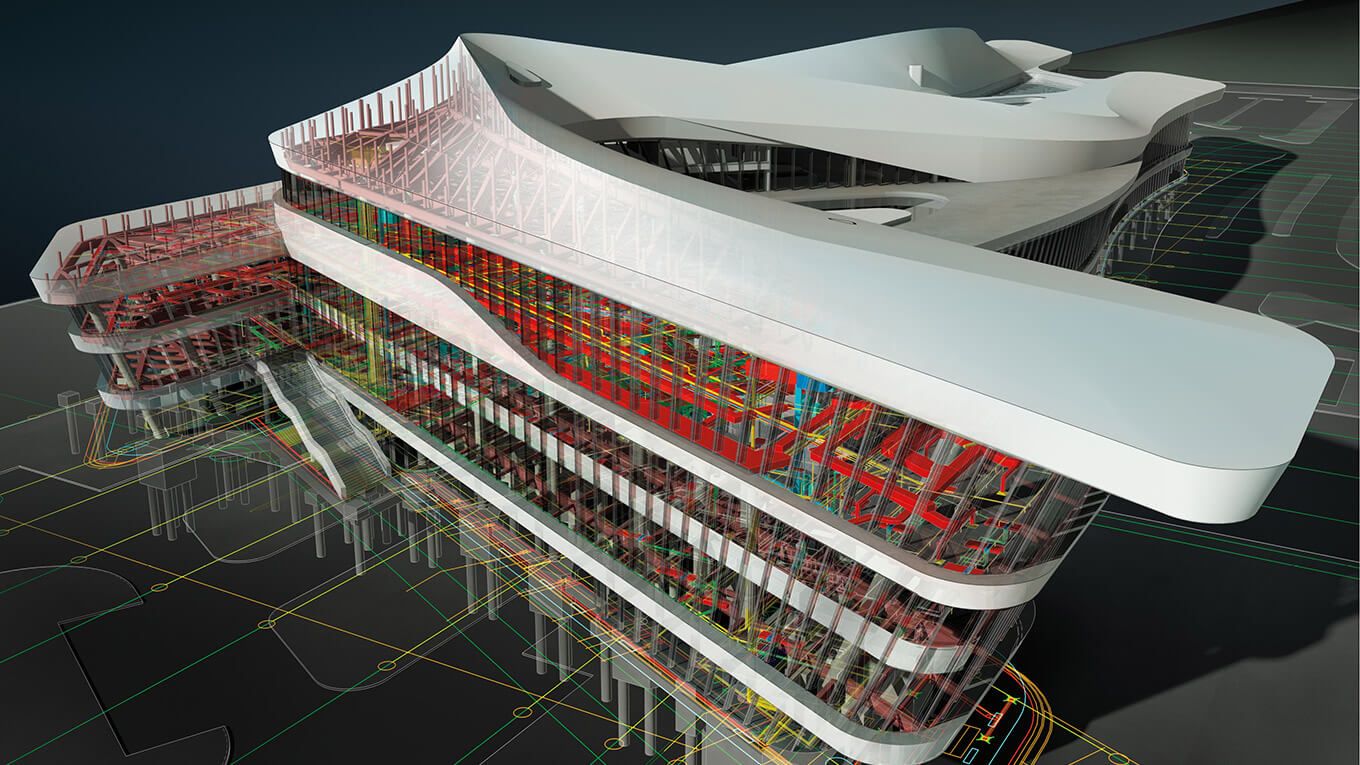
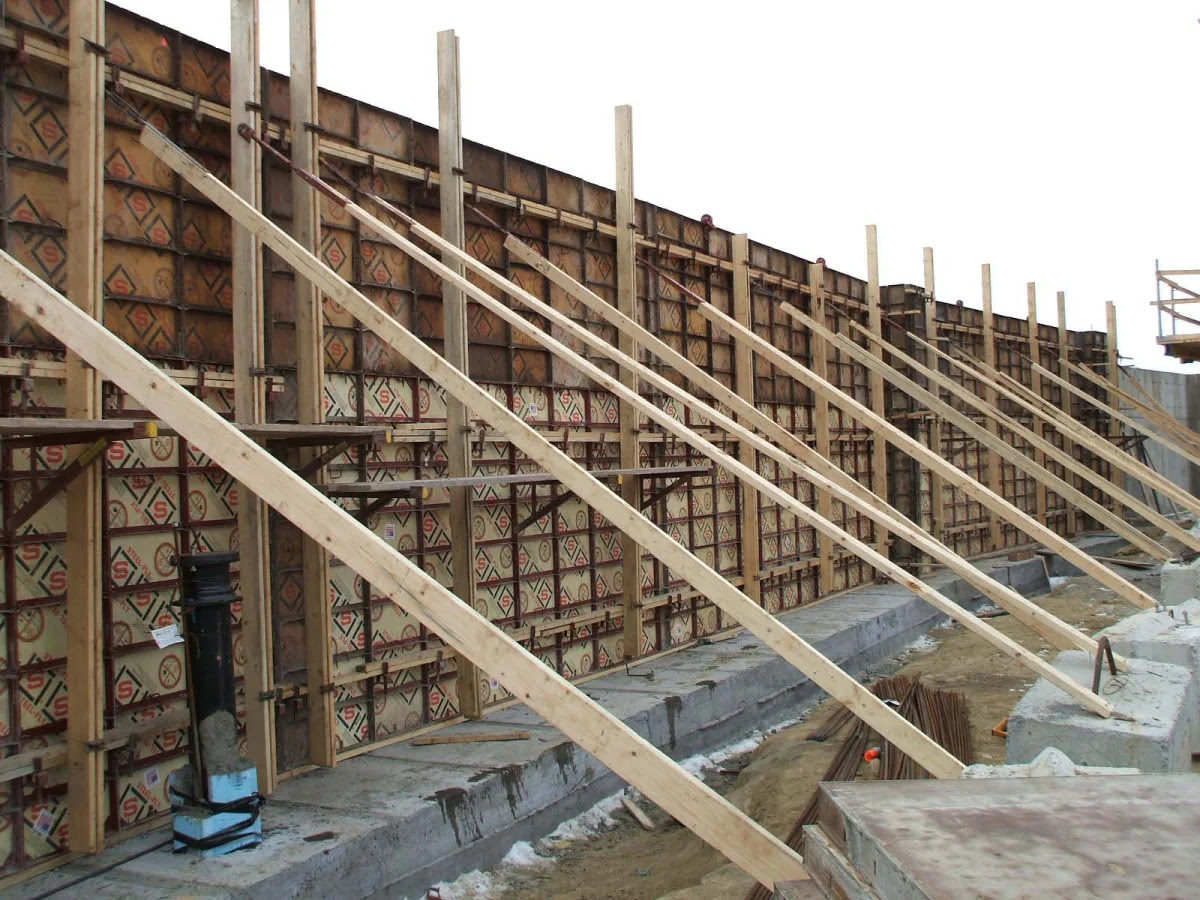

0 thoughts on “What Kind Of Construction Method Was Used To Build The Parthenon”